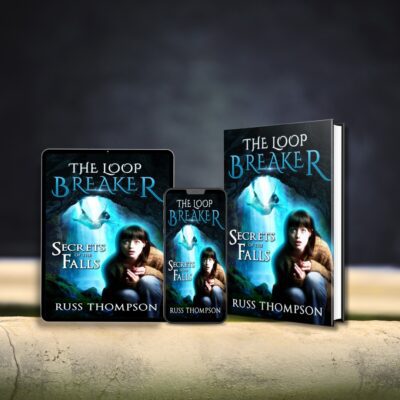Have you ever started writing a story that had great scenes and characters, but somehow felt like it was going nowhere? Learning how to write a main plot is one of the most important storytelling skills you can master. A strong main plot acts as the spine of your story. It supports your characters, drives the action, and keeps readers turning the page.
If your story feels like a bunch of cool scenes but lacks direction, the issue might be your plot. Don’t worry, you’re not alone! Let’s walk through main plot writing tips that will help you build a story with focus, purpose, and momentum.
What Is a Main Plot in Storytelling?
Your main plot is the central goal or question that drives your story forward. It’s what your main character is trying to achieve, and what obstacles they must overcome to get there.
Think of it like the engine of your story. Without it, your narrative might still have charming characters and a vivid world, but it won’t move. Writing your main plot gives your story a clear direction and emotional center.
Why Learning How to Write a Main Plot Matters
Your readers want to be emotionally invested. A strong main plot:
- Keeps your story focused.
- Raises the stakes.
- Drives character development.
- Helps subplots fall into place naturally.
When you understand how to write a main plot, everything else becomes easier—from pacing to scene planning to character arcs.
Main Plot Writing Tips: 5 Steps to a Strong Story Core
Let’s get into the practical stuff. These steps will help you craft a main plot that’s engaging and cohesive.
1. Start with a Clear Goal or Central Question
At the heart of every strong main plot is a character who wants something.
Ask yourself:
- What is my protagonist trying to do?
- Why does it matter to them?
Examples:
- In The Hunger Games, Katniss must survive.
- In Finding Nemo, Marlin must rescue his son.
- In The Martian, Mark Watney must stay alive and get home.
A compelling main plot begins with a clear, emotionally grounded goal.
2. Add Conflict That Pushes Back
If the goal is easy, it’s not a story. It’s a summary. A strong main plot has resistance: enemies, bad luck, inner demons, time limits, or all of the above.
What makes your character’s goal hard to reach? That’s your conflict and the heartbeat of your plot.
3. Raise the Stakes as You Go
To keep readers invested, you need to increase the tension. That means things get more complicated, the risks get higher, and failure has real consequences.
In a well-structured story, the stakes build with each turning point. It’s a core part of writing your main plot effectively.
4. Make the Plot Personal
Don’t just give your character a task. Give them a reason to care. The more personal the goal, the more powerful the plot.
Even in high-concept stories, it’s the emotional motivation that keeps readers hooked. Connect your plot to your character’s fears, dreams, or relationships.
5. Deliver a Satisfying Resolution
Your story’s final act should answer the core question of the plot.
Whether your protagonist wins or loses, the ending should feel earned. Readers want closure, not confusion. So take time to wrap things up in a way that makes emotional and narrative sense.
Subplots vs. Main Plot: Know the Difference
Your main plot is the story’s core mission. Subplots, like a romance, a friendship arc, or a backstory mystery, can enrich the story, but they shouldn’t distract from the main goal.
Make sure every subplot supports or challenges your main plot. If it doesn’t serve the core narrative, consider cutting or simplifying it.
Common Mistakes When Writing Your Main Plot
Even experienced writers can stumble when it comes to crafting a plot. Watch out for these pitfalls:
- A protagonist who doesn’t make choices
- No clear stakes or urgency
- Too many unrelated subplots
- A rushed or confusing ending
If your story feels unfocused, ask yourself: What does my main character want, and what’s standing in their way? That’s the heart of your main plot.
Pro tip: Take a look at Helping Writers Become Authors Most Common Writing Mistakes guide
Final Thoughts on How to Write a Main Plot
The most memorable stories begin with a clear, emotionally driven goal. Whether you’re outlining a new project or stuck halfway through your draft, remember: your main plot is the glue holding everything together.
So, if your scenes are written but your story still feels like it’s missing something, go back to your core conflict. Re-center your story around a single driving question, and let everything else orbit around it.
Need help writing your story? Let’s start here: How to Write Your First Novel Without Getting Lost
Related Reading:







